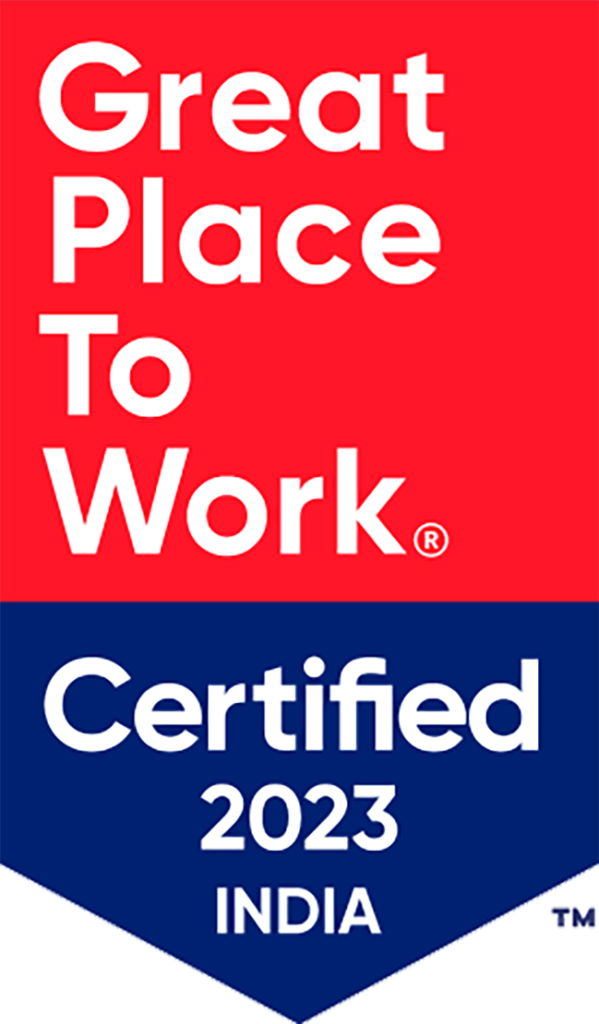As small companies grow, regardless of industry, we often face similar challenges. We either don’t have enough money to hire the right talent or we lose the good ones just as they start to produce a return on our investment because they feel they’ve run out of opportunities for growth at our companies. Creating a career development structure is a starting point, but not enough on its own. Instead, you must constantly create scorecards and metrics that show employees their progress. Never doubt the value of a good scorecard and dashboard. Don’t get me wrong, I’m shuddering as I write this because I am not the process person in our organization, but I can hear my husband Sunny whispering in my ear, “Kam, if you can’t measure it, you can’t manage it.”
Start with a Plan for Your Team
How do you show your employees the path to growth? Every team member—whether you have a team of 3, 30 or 300—should have a clearly defined Career Development Plan. That plan includes where they are today; where they want to be in one year, three years and five years; and how we collectively are getting them there. On Day One (or as soon as you read this blog), you will need to figure out what that structure looks like, and “what good looks like” for your team. Creating this type of plan requires homework and effort—and it demands a clearly defined and documented organization structure with distinct roles, designations, and job duties.
Once you have that structure built out, you can clearly show your team members where they fit today, what possible roles they can aspire and build toward, and what the future holds in terms of professional development. After you’ve defined the roles and responsibilities for each employee during the CDP process, it’s easy for your team to see what each additional role entails and what growth will be required from them to achieve success.
Back to that Measuring Challenge
Regardless of what tool you use, having a clearly defined dashboard with the metrics of success and progress clearly visible is a must. If you use EOS, Stat OP or another strategy, having top-down scorecards will help you measure your team’s success, create meeting rhythms and adding an overall structure. It’s up to you to determine what tool works best for your team performance management, but the bottom line is this: You must have a way to record your team’s progress and it must be easily shared.
Metrics of Success Lead to Rewards and Recognition
Once you’ve created career development plans, have defined your organization’s structure, and are constantly measuring it, what’s left? Rewards and recognition are key elements in inspiring growth. Everyone wants to feel a part of something bigger. Being recognized for hard work brings a certain satisfaction that will keep your team motivated. A team that appreciates and recognizes hard work creates more positive reinforcement than a raise. Although compensation is important, it’s not the driving force behind retention—and many studies have shown money isn’t what most people want in exchange for performance.
Take every opportunity to praise your team publicly and be ready to hold their hands in private when they are doing poorly. Be the cheerleader who will motivate them, show them a vision of where the collective TEAM is going, and explain exactly what role they play when it comes to getting across the finish line. At a minimum, a quarterly Rewards & Recognition ceremony should be happening, plus daily or weekly shout outs for success.
Next Week: Transparency is a foundation for growing your high-performance teams







